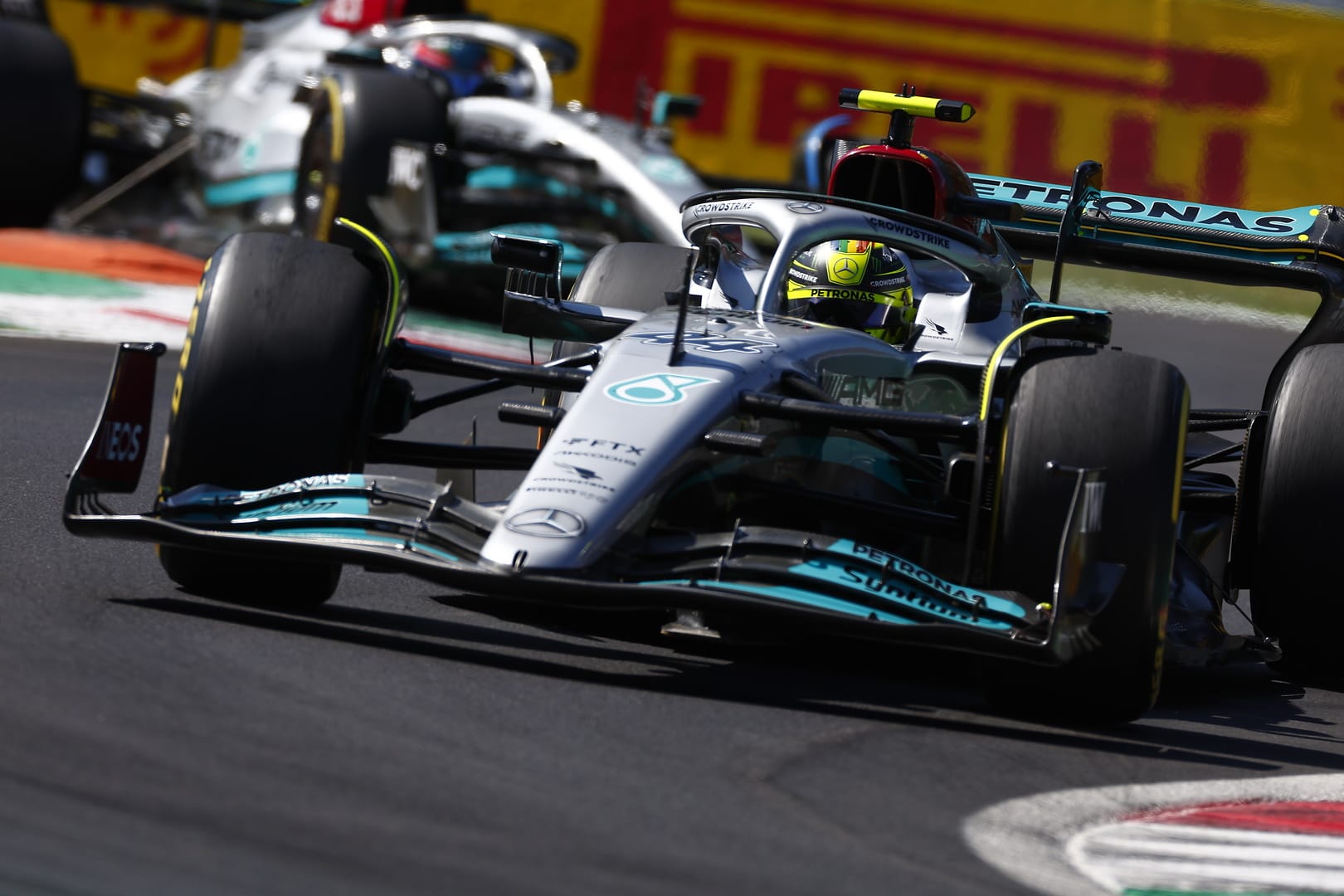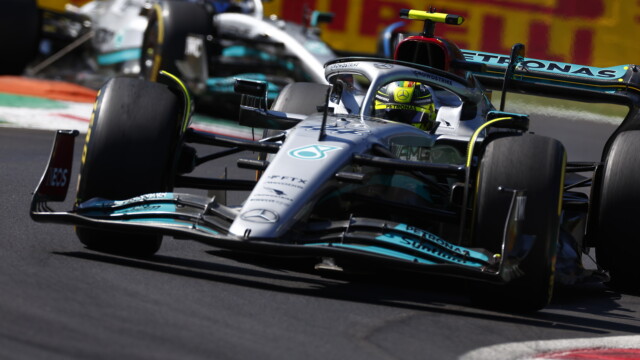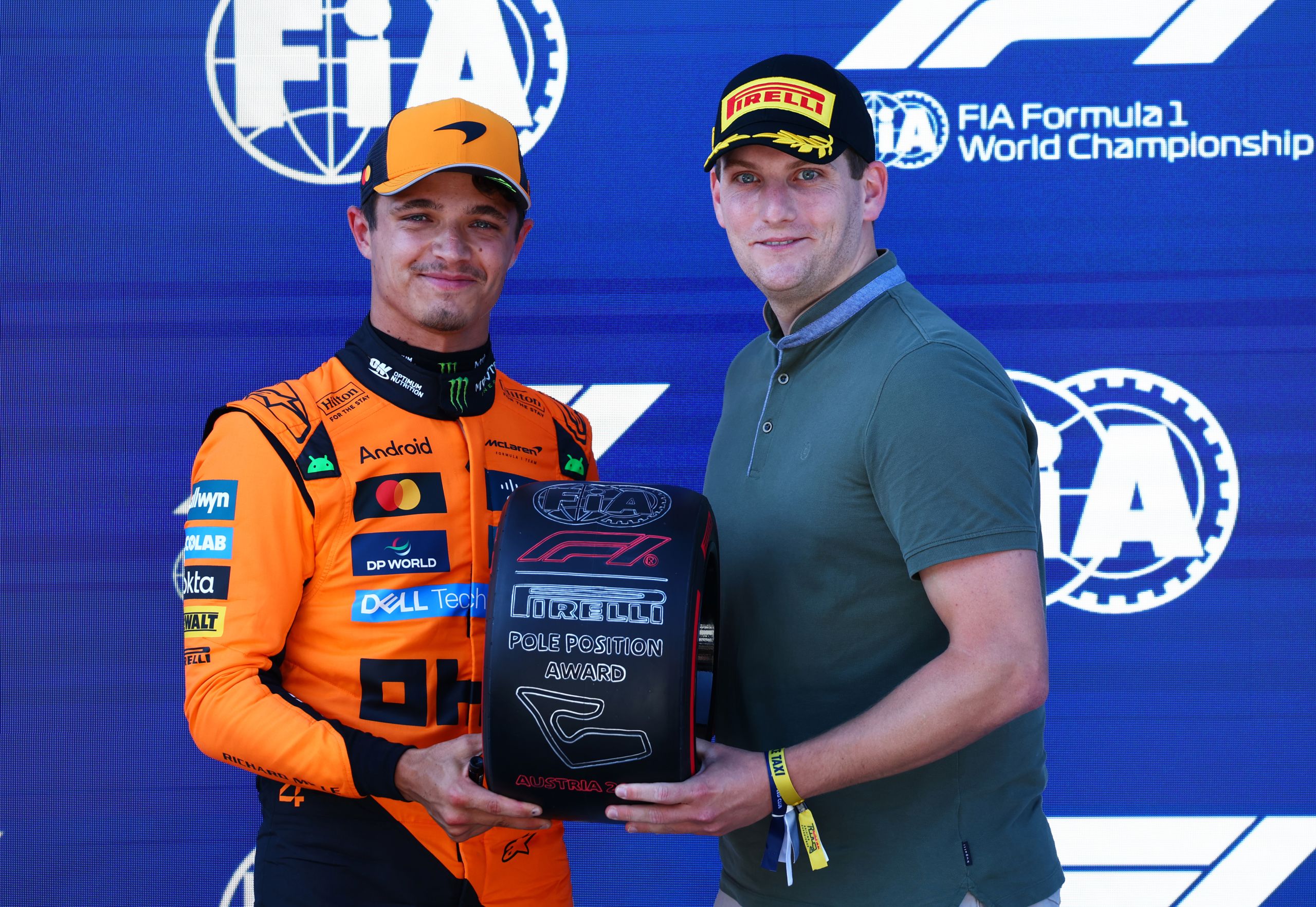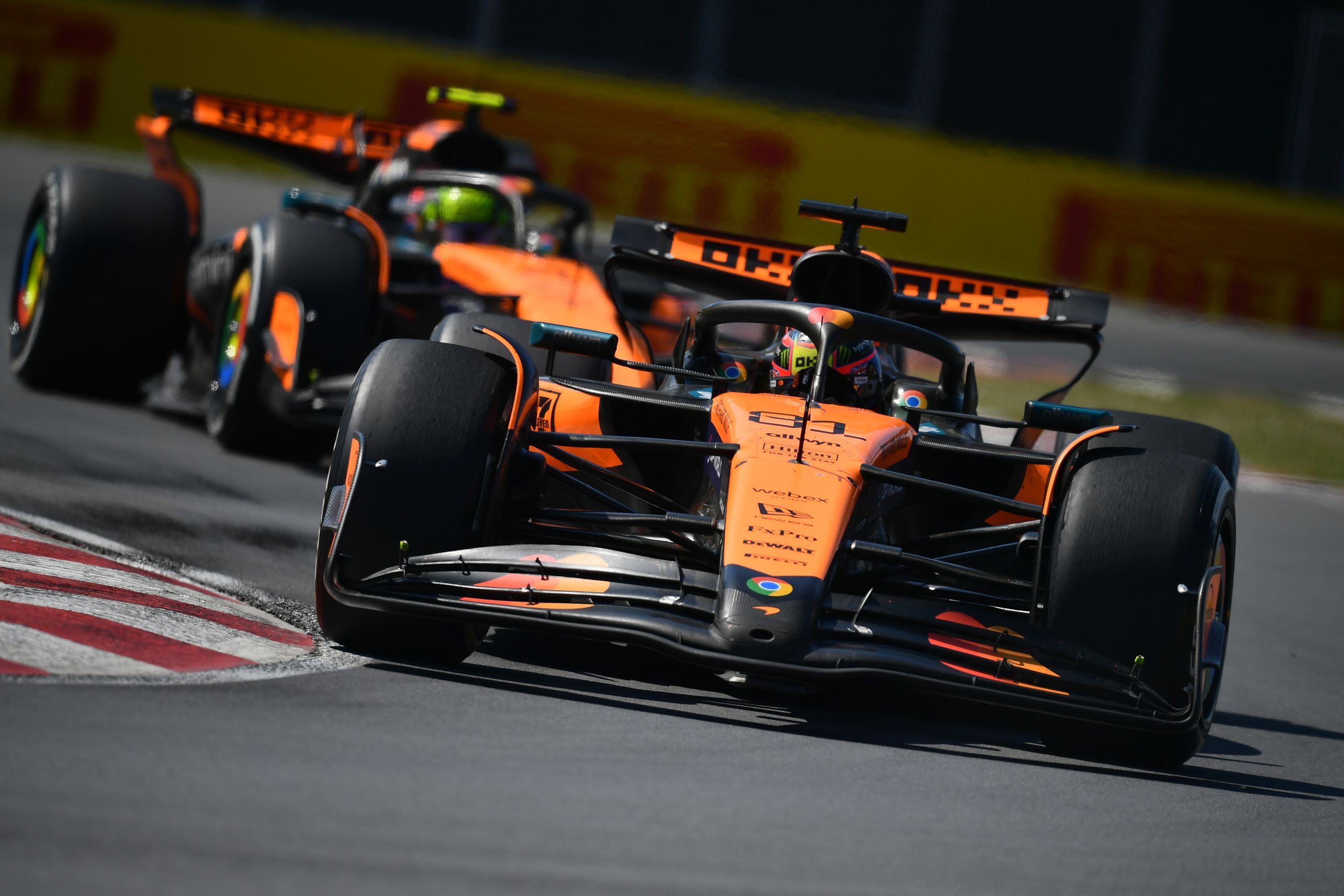Explained: The Causes And Impact Of Graining & Blistering In F1


Over the course of an F1 Grand Prix race, tires can wear out quickly. Tire wear issues like blistering and graining will inevitably arise, potentially impairing performance. Among the chief culprits responsible for tire damage in F1? Excessive heat.
Depending on how hard they are, Formula 1 racing tires perform optimally at temperatures between 185°F/ 85°C and 284°F/ 140°C. However, in warm weather and at high speeds, tire temperatures may rise to as high as 300°F/ 149°C, at which point, the likelihood of damage increases dramatically.
The nature of the damage will largely depend on whether the site of overheating is in the tire or on its surface. As you will see, the former results in a type of tire damage called blistering, while the latter produces a defect known as graining. Let’s take a closer look at what each of these types of damage entails, what causes it, what its impact can be, and how drivers and teams try to prevent it.
Blistering in Formula 1
What is blistering?
At the 2018 Italian Grand Prix, Ferrari’s Kimi Raikkonen seemed set to take the checkered flag. Unfortunately, owing to what tire manufacturer Pirelli called a “perfect storm of circumstances”, tire blistering dashed Raikkonen’s hopes of topping the podium.
In F1, tire blistering occurs when super high temperatures begin to soften the bonds between the tire’s inner layers. As a result of this, large chunks of rubber break away from the tire, creating a pockmarked effect.
What causes blistering?
The overheating within the tire body that causes blistering can occur for various reasons in Formula 1 races:
- The temperature of the tar may be too hot for the tires to handle.
- Alternatively, the tires may be too soft for the track.
- The tires may be overinflated, resulting in increased heating as the car picks up speed and downforce increases.
- Overly stiff suspension can overload tires, forcing them to take on a shock-absorbing function that causes further strain and overheating.
What is the impact of blistering?
Blistering is a particularly hazardous type of tire damage in Formula 1 racing. As blistering strips away whole chunks of the car’s tires, traction becomes severely compromised, causing general instability and potentially dangerous blowouts. The risk of the driver losing control and crashing the car increases greatly.
Graining in Formula 1
What is graining?
In the middle of the 2022 Imola Grand Prix sprint, Alpine’s Fernando Alonso watched his grid placing slip away, as graining caused his tires to rapidly erode.
Fairly prevalent in high-performance tires such as those used in F1, graining occurs when excessive heat on the tire’s surface causes strips of rubber to begin tearing away from it. These loosened strips then re-fuse with the tire, resulting in an uneven sandpaper-like texture.
What causes graining?
The excessive tire surface heat that results in graining is caused by friction. This friction occurs when tires slide across the track surface, usually through corners and during braking. This heat causes the compound of the tires to begin breaking down, weakening the rubber and allowing tears to form.
This type of tire slippage can occur for a number of reasons:
- Lateral tire dragging as a result of understeer or oversteer
- Tire bouncing or dragging as a consequence of incorrect suspension setup
- Incorrect tire pressures
- Incorrect tire camber – the angle of the tire relative to a flat road or track
- Unsuitable tire compound – i.e. tires that are too soft for track conditions
It’s important to note that these types of conditions are also more likely to result in graining if the driver goes full throttle before the tires have warmed up adequately.
What is the impact of graining?
The rippled tire surface resultant of graining presents an uneven patch of contact between the tire and the tar, diminishing grip and causing further dragging and sliding. As with blistering, graining reduces driver control, although this tends to be less significant in the latter case.
Skilled drivers are often able to power through the graining of their tires until further friction has worn away the excess rubber. Nevertheless, F1 cars can lose speed on grained tires as cornering becomes particularly challenging. Additional time will be lost if the driver ultimately has no choice but to head to the pit to switch out tires.
How F1 teams avoid graining & blistering
Now that you understand the basics of graining and blistering, some common Formula 1 practices— both in the pit and on the track—might make more sense to you.
For one thing, F1 teams are very particular about which tires are on their cars at each point in a race. This refers to the hardness of the tire compound, ranging from C5 (softest) to C1 (hardest), and the weather for which it is designed (wet or dry). As you will recall, ill-suited tires are among the most common causes of excessive F1 tire wear.
Preventing these types of tire damage is the primary reason why F1 drivers are more likely to take it easy at the start of the race. They’re avoiding overtaxing their tires before they’ve had a chance to reach optimal performance temperature, sometimes referred to as the operating window. The need to reach the operating window as soon as possible also explains the heating blankets you may have noticed on F1 car tires ahead of races.
In addition to being masters at warming up their tires evenly, F1 drivers have a keen sense of their tires’ capabilities at any point in a race. They are careful not to place a heavy load on their tires in corners before they have reached their operating window. This will ensure maximum traction levels, thereby reducing the likelihood of tire dragging and resultant damage.
High performance tire manufacturers like Pirelli, which is currently the sole F1 supplier, are continually updating their technology to produce tires that are more resistant to blistering, graining, and other wear-and-tear challenges. In the interim though, it’s largely up to the drivers to ensure they warm up their tires properly to maximize their performance—and the pit crew to change any damaged tires as quickly as possible.





